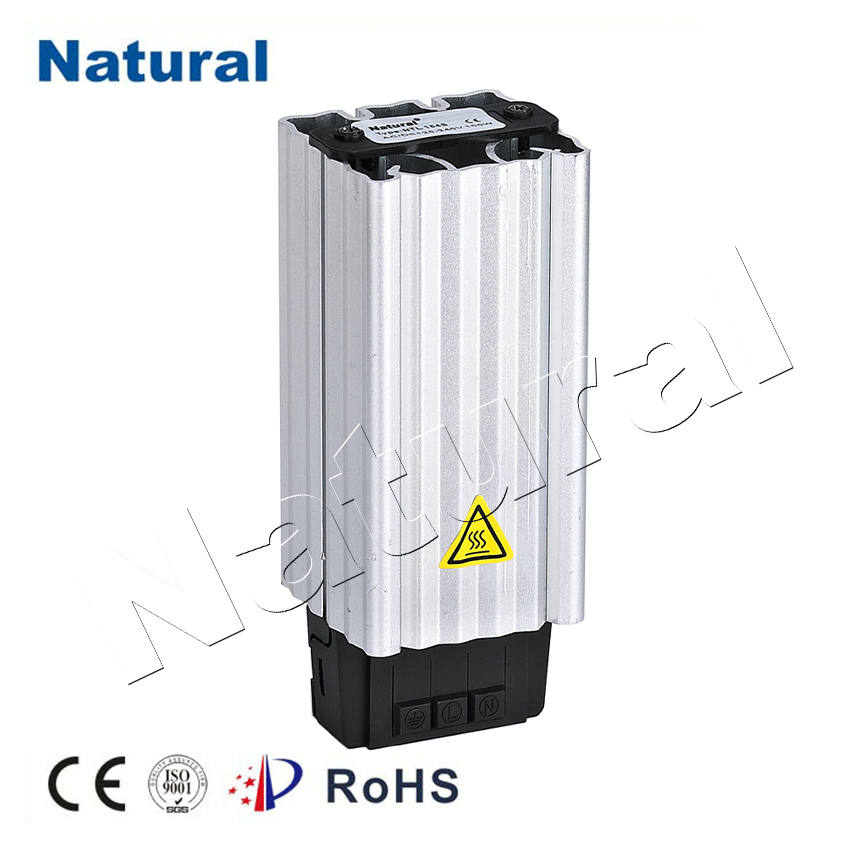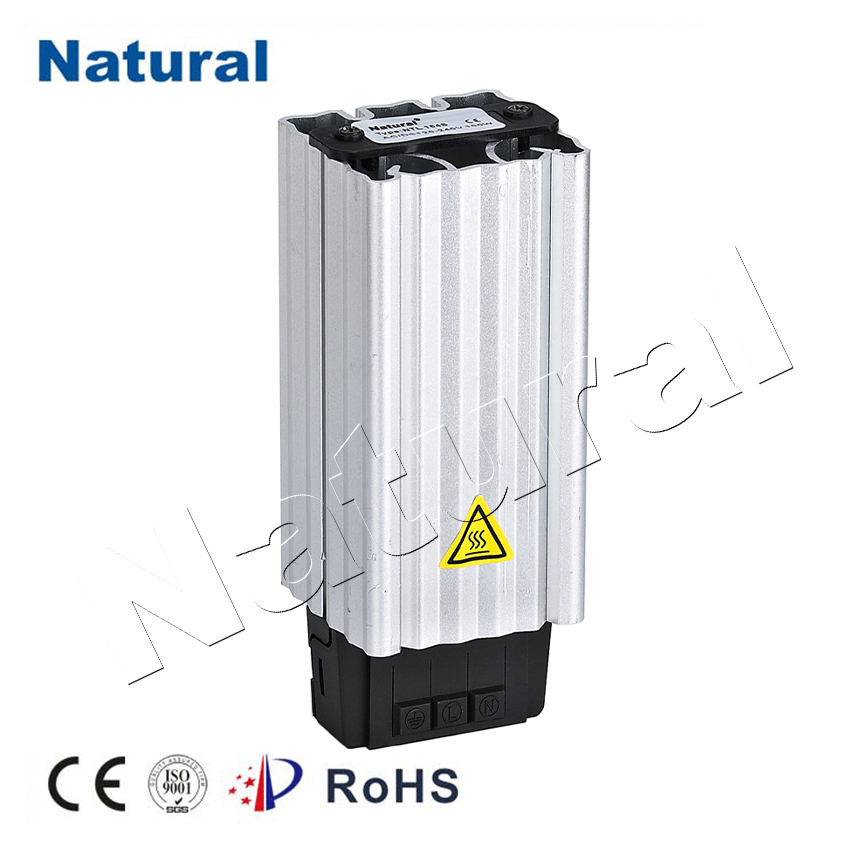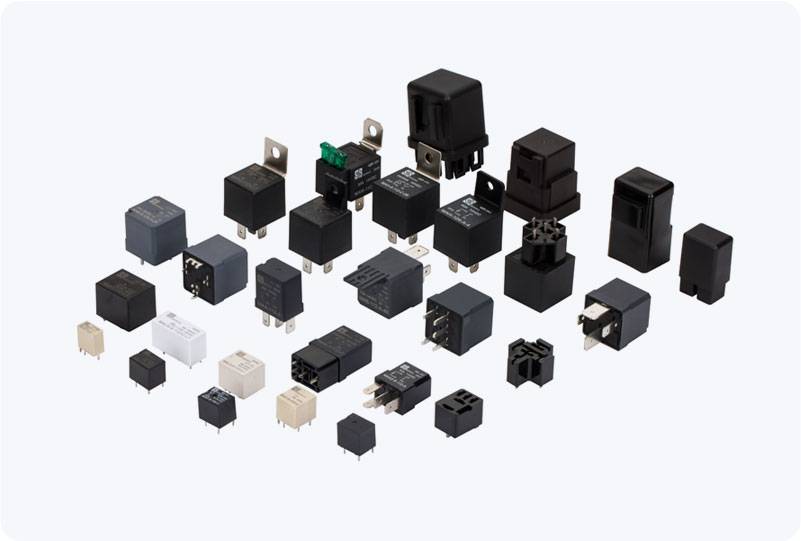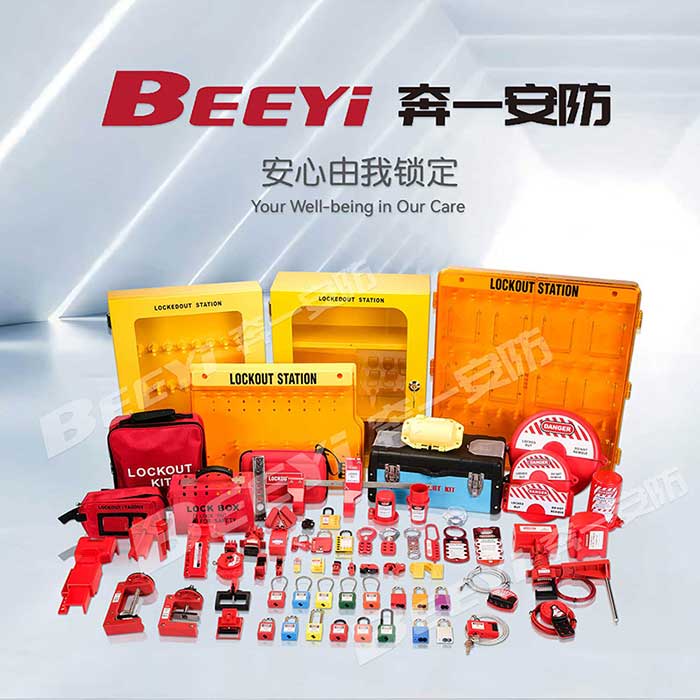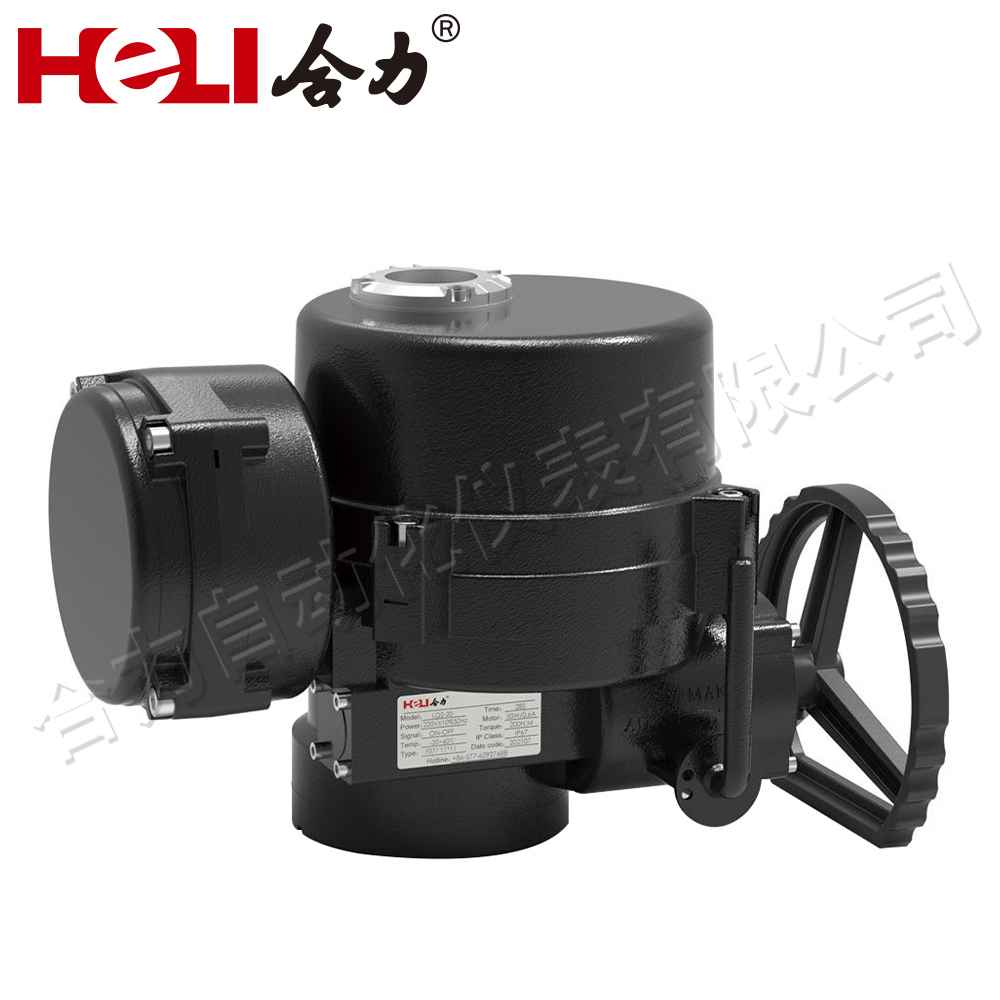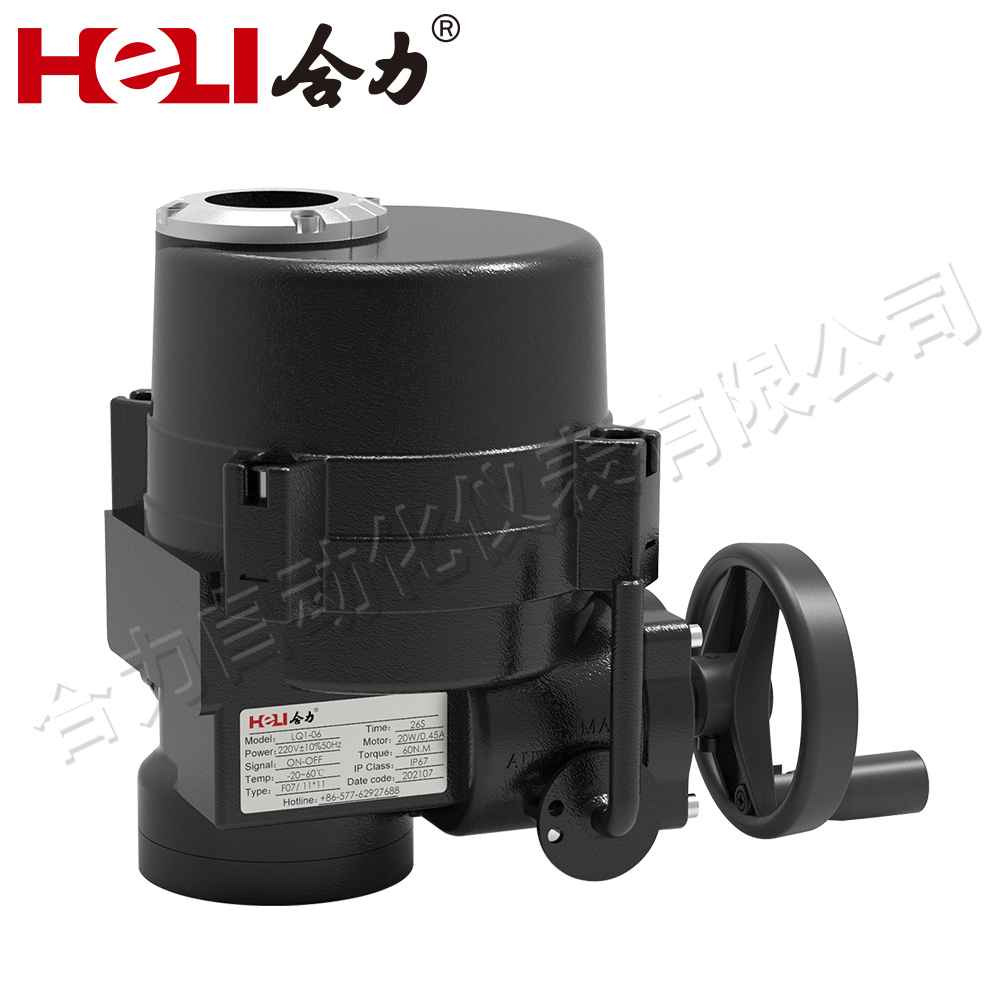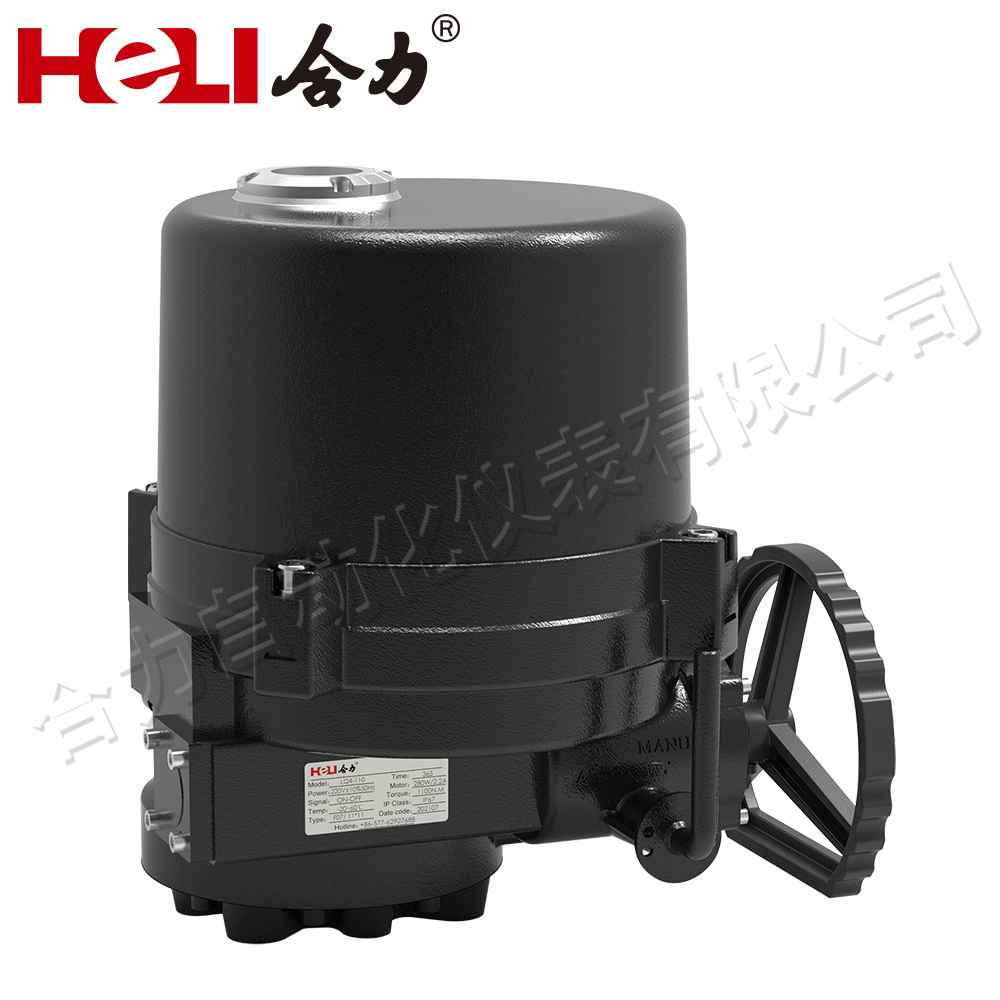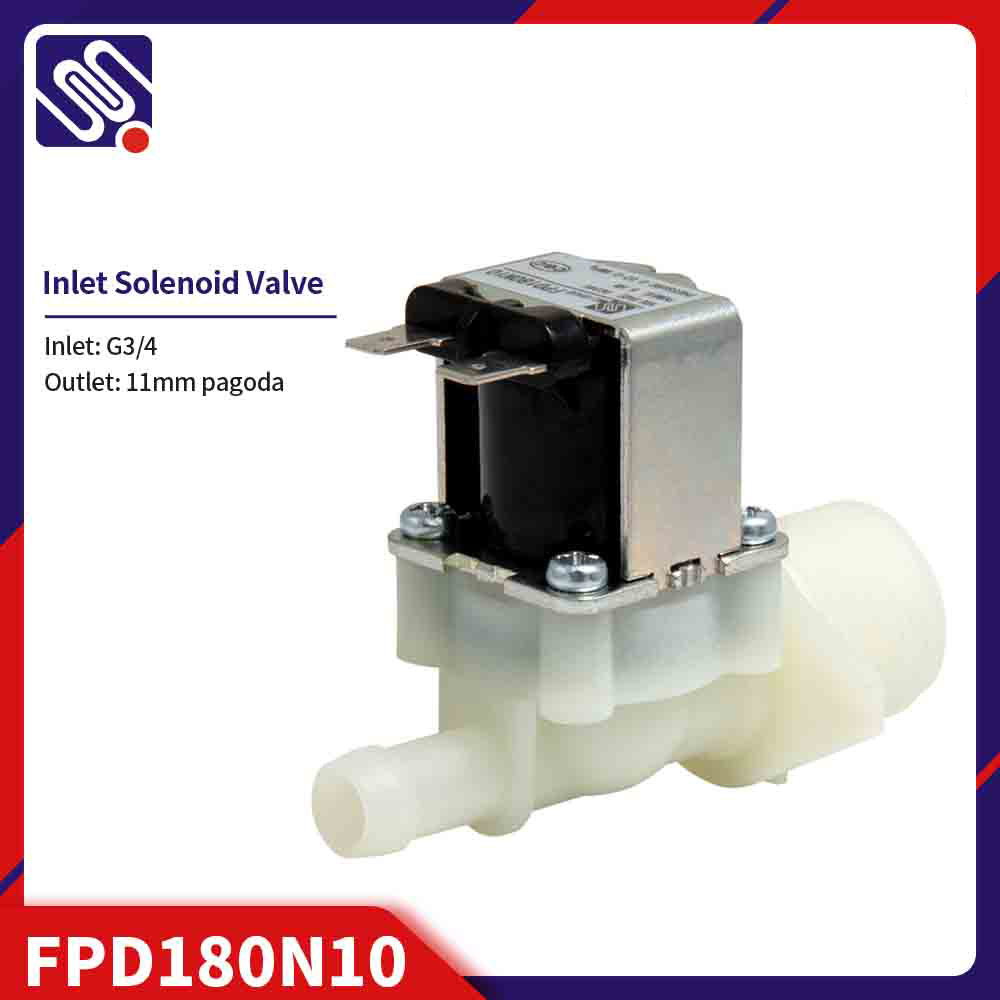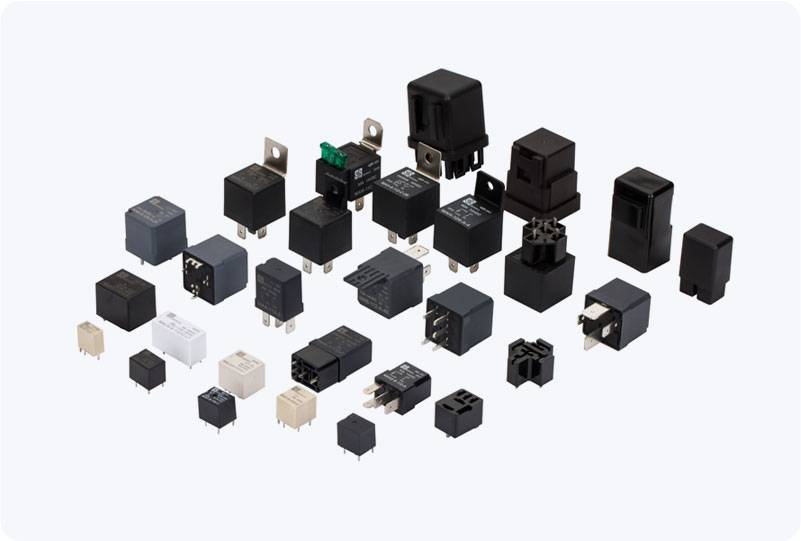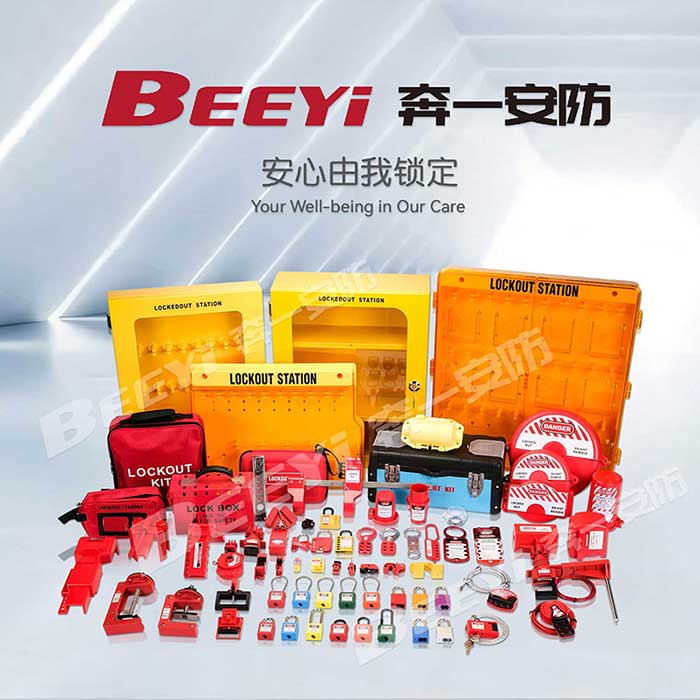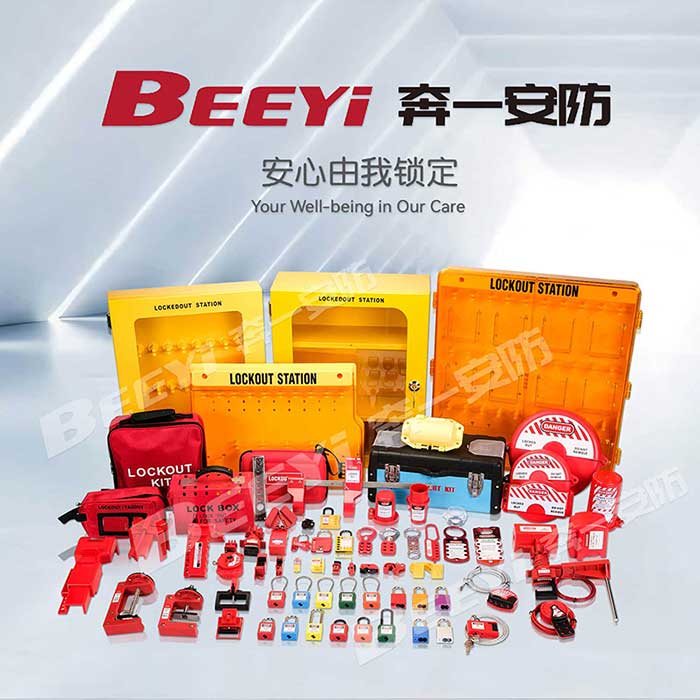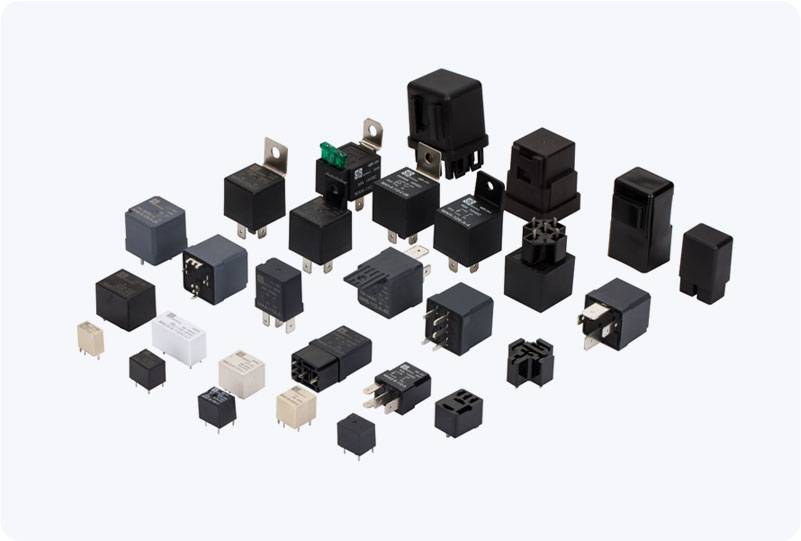Electrical equipment lockout devices are a crucial aspect of workplace safety, particularly in industries involving high-voltage systems and complex electrical machinery. These devices prevent accidents by ensuring that electrical equipment is safely shut down and cannot be reactivated while workers perform maintenance or repair tasks. The role of Electrical Equipment Lockouts manufacturers is therefore essential in providing products that comply with safety standards and reduce the risk of injuries caused by electrical hazards.
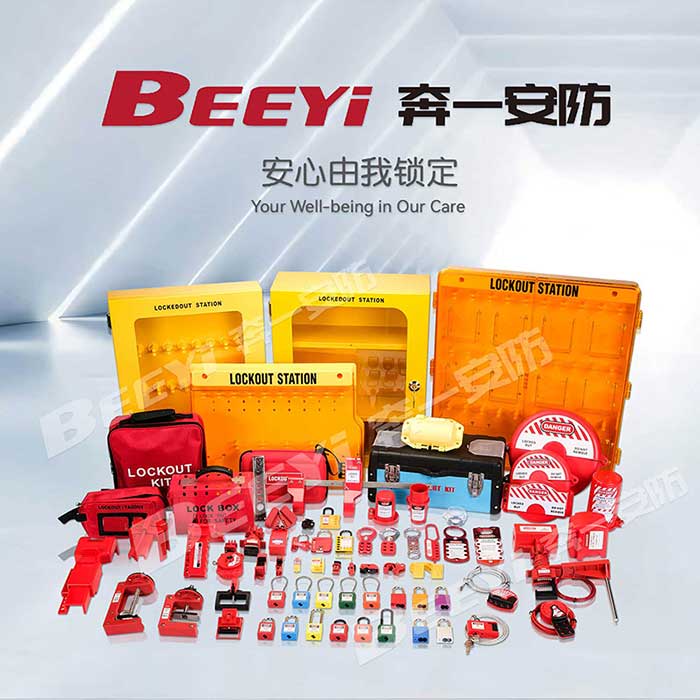
The Importance of Electrical Lockout Devices Electrical lockout devices are designed to physically block or prevent the activation of electrical systems, which could otherwise cause severe injuries or fatalities to workers. These devices are commonly used in industries such as manufacturing, energy production, construction, and any sector where electrical systems play a pivotal role. The Occupational Safety and Health Administration (OSHA) and The American National Standards Institute (ANSI) both emphasize the use of lockout/tagout (LOTO) procedures to ensure that workers are protected while interacting with hazardous energy sources, including electricity.
